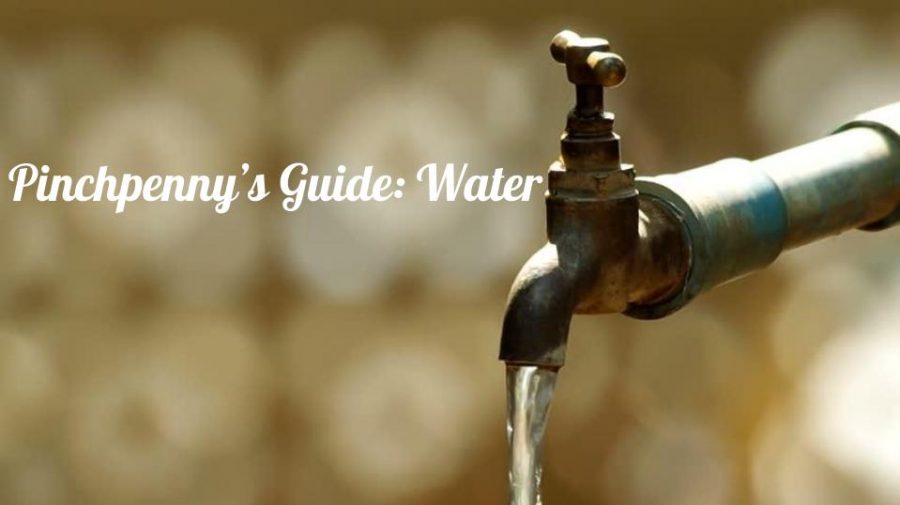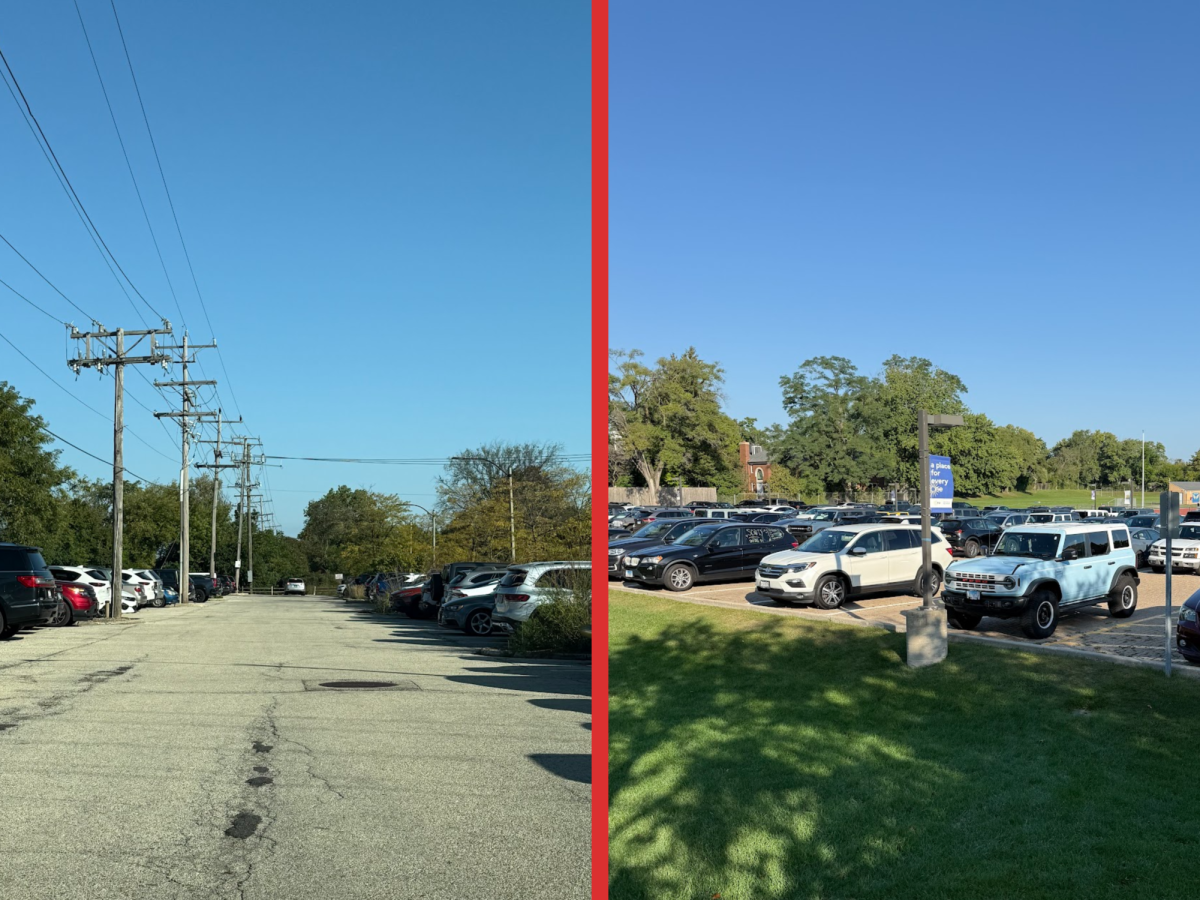Narrowly avoided was the infamous Day Zero in South Africa this summer when the taps would run dry and streets would fill with inhabitants queuing for water. As a result of increasing populations, rising temperatures, consumption habits, and business practices, the global supply of one of the earth’s most precious resources begins to dwindle: fresh water.
Provided that 70% of the earth’s surface is water, it begs the question how is a water shortage possible? The fact that 97.5% of seawater is not potable coupled with a demand for safe water expected to grow by 55% from 2000 to 2050, the small amount of freshwater available represents the majority of humanity’s usable water.
Regardless of whether or not water related strife affects you personally in the present, it is likely to in the future, and already affects millions worldwide. In order to reduce your personal consumption levels, this edition includes easy tips to save the world and save your wallet with these water-related activities.
Take Short Showers
While the prospect of a relaxing 45-minute shower is enticing, hot and time intensive showers pose a vastly negative impact on the environment and your wallet. Regardless of your typical shower time, reducing it by but a single minute will reduce your water consumption by nearly 1000 gallons annually. Each gallon used translates to about three ounces of carbon dioxide, further reducing pollution. 1000 gallons saved annually not only reduces your impact on the environment, but the impact on your wallet as the water and heating bills decrease proportionally.
Feeling particularly venturesome? Try cold showers. Cold showers will reduce your global footprint and save you money as heat and electricity will no longer be required except to refill the boiler.
Wash On Cold
While not all articles of clothing are meant to be washed on cold, strive to maximize the amount of washing done using the cold setting. According to The Worldwatch Institute, 85% of the energy used to machine wash clothing goes towards heating the water. Furthermore, reduce your household water consumption by washing only full loads. The water dedicated to running the wash while containing only a pair of socks can use the same amount of water that could have been shared amongst an entire load. By filling your washing machine each load, you’ll be decreasing the water you use each week, and decreasing the money spent buying it.
Feeling bold? Use a clothesline or drying rack instead of a drying machine when clothes are finished through the wash. Saving water, energy, and money is literally as easy as a click of a button.
Reduce The Water Heater’s Temperature
After switching on the hot water tap, it quickly grows too hot to endure, thus the cold is switched on to compensate. Whether the activity is washing up, showering, cleaning the dishes, or any other of a multitude of water-related activities, rare is the necessity for the water’s temperature to be its maximum. 140 degrees Fahrenheit is the standard setting for most water heaters. Decreasing the temperature to 120 degrees, still sufficiently hot, can save up to 10% in water heating costs annually. Combined with shorter showers and colder showers, your water, and energy bills will plummet in no time!
Adopting an eco-friendly lifestyle may seem onerous and downright inconvenient, however, in the end, it’s not about simply saving the planet. The planet will be here for millennia whether or not you decide to turn off the hallway lights as you leave. Entertaining an eco-friendly lifestyle is about saving the humans. The human race, and many of the other animal and plant species of which coinhabit this earth, can thrive only in very specific environmental conditions, and are thus adversely affected by anything but a minuscule change. By reducing your intake of freshwater, your are conserving one of the world’s most precious, yet scarce resources. So next time you’re in the shower, try not to wait until the 15th song to exit. Save water, save the world, save your wallet.







